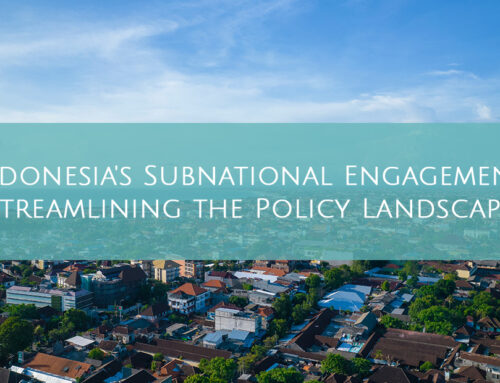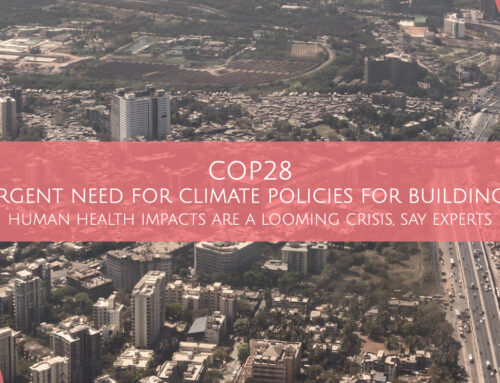How to organize a collective response by the building sector to the global issue of climate change?
Welcome to the new GBPN global Knowledge Platform. The building sector is incredibly diverse. In some ways creating a building is one of the most complex tasks that humans undertake – and yet building is a natural human activity reflecting our cultural, technological and economic preferences and priorities. But with so much local diversity and complexity in both process and in the outcomes of our building how can we design strategies that can organize a collective response by the sector to the global issue of climate change?
In his book ‘Critical Mass’ Philip Ball considers the dynamics of change in human society – an issue at the core of GBPN’s mission, how to change the way our buildings use energy so that their collective impact is positive for the planet. Ball suggests that:
“ … collective actions and effects are inevitable…Environmentalists and other activists like to entreat us to ‘think globally, act locally’. But the physics of society shows that the reverse can take effect too: by concerning ourselves with nothing more than how we interact with our immediate neighbors, by ‘thinking locally’, we can collectively acquire a coherent, global influence. The consequences of that – good or bad – are worth knowing.”
This speaks to the theory of change that we are testing at the GBPN.
The local diversity of the building sector is strength and not a barrier because it provides a rich diversity of potential solutions to climate change. GBPN’s role is to collect best practices of builders and policy makers from around the world that are ‘thinking locally’ about improving building performance and tackling climate change (Our Vision). In so doing we can demonstrate the global significance of local best practices. By accepting the diversity of the building sector as an asset and creating an organization with a sustained local presence, we can identify, harvest and share local best practices and share these best practices internationally, thereby accelerating the reduction of building energy use and associated green house gas emissions (What we Do).
Peter Graham, GBPN Executive Director
Related News
- [Tool] Why launch a Knowledge Platform?
- 为何发起知识平台?
- [Project] The GBPN and REEEP Launch the “1 Billion Square Meters” Initiative: An effort to Promote Residential Positive Energy Buildings
- [Event] Second GBPN Annual Building Sector Symposium, 27th and 28th of May
Related Laboratory Projects
Share This Story, Choose Your Platform!
Stay in touch with how we’re transforming the buildings sector
GBPN runs innovative building policy reform programs in key regions around the world that aim to tackle the climate emergency by decarbonising the buildings sector. Stay up to date with our newsletter.
Stay in touch with how we’re transforming the buildings sector
GBPN runs innovative building policy reform programs in key regions around the world that aim to tackle the climate emergency by decarbonising the buildings sector. Stay up to date with our newsletter.






